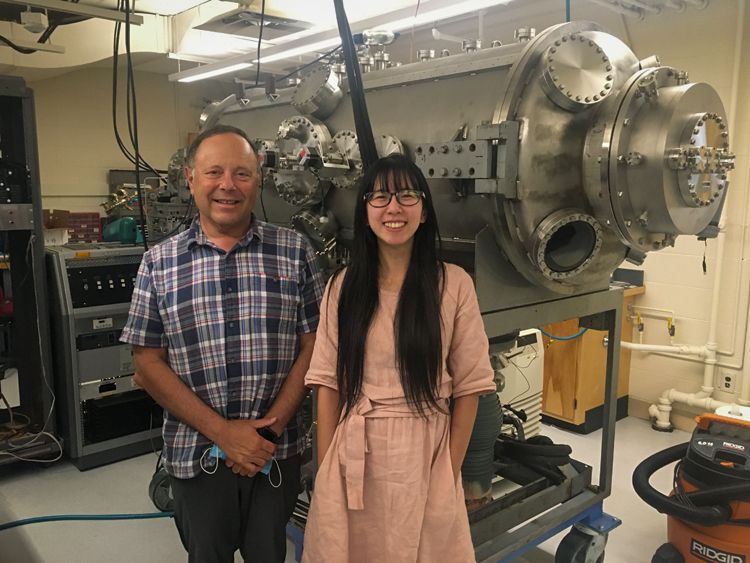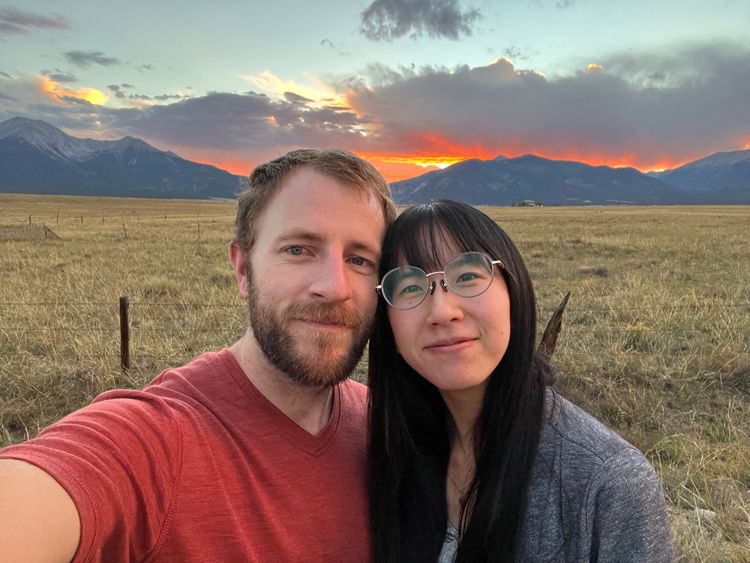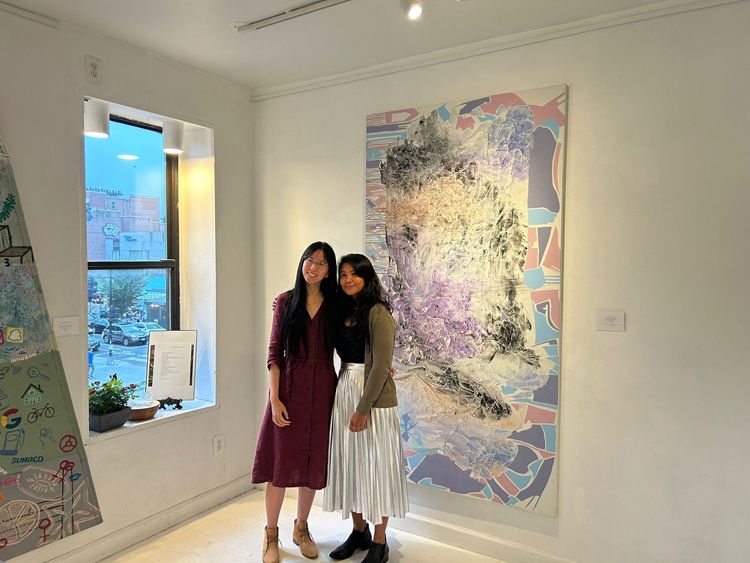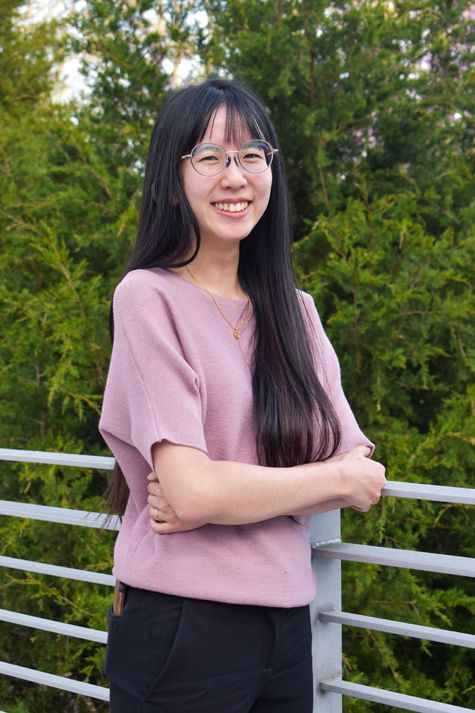Early Career Scientist Spotlight
Dr. Li Hsia Yeo (she/her)
Extraterrestrial Samples Experimentalist
Planetary Magnetospheres Laboratory (695)
What is your research focus?
I conduct experiments on lunar dust that was collected during the Apollo era more than 50 years ago. My work involves trying to recreate the harsh conditions of the Moon in the laboratory so that we can understand fundamental physical processes that take place there.
One project of mine aims to investigate how water came to be on the surface of the Moon. Another project involves studying the survivability of various prebiotic molecules like amino acids on the lunar surface. Both these projects require custom high vacuum equipment and the generation of energetic plasmas to mimic lunar conditions. To ensure that these experiments represent the Moon as closely as possible, I have the privilege of studying actual Apollo-era lunar samples.
It takes a whole suite of instruments to investigate and understand the reactions taking place in the lunar soil. I use diffuse reflectance infrared spectroscopy to monitor changes in the chemistry of the soil, and residual gas analyzers to track gases that are emitted from samples. I also work closely with members of the Astrobiology Analytical Laboratory here at NASA Goddard who are experts in high precision organics detection, to monitor the populations of prebiotic molecules in my samples. These methods, along with information obtained about the conditions being experienced by my lunar samples such as plasma current, UV radiation, temperature, and pressures, form the basis of understanding key processes happening within lunar soil.

Credit: Jason McLain
What was your first big research achievement?
My first main-author paper was actually in a completely different scientific field! Before joining the planetary science community, I had a past life in condensed matter physics, where I worked in a synchrotron using x-ray absorption spectroscopy. Back then, I was studying the very fascinating metal-to-insulator transition of VO2, which occurs close to room temperature and has a lot of potential applications. By looking at intra-atomic transitions revealed by x-ray spectroscopy, I was able to report on the changes in bonding and crystal structure experienced by VO2 during its phase transition.
Though I did not end up staying in the field, I learned back then how deeply I enjoyed experimental work. I love working with my hands, and I love the rush of getting results and the excitement of figuring out what they mean. A mentor at the time told me that experiments never lie – that nature does what nature does, and it is up to the scientist to make good sense and use of the data. That thought has stuck with me ever since, and has motivated me to continue to work to understand systems that at times can seem infinitely complex.

Credit: Li Hsia Yeo
What does a typical day at work look like for you?
Every day is different, and that’s part of what I love about my work. I could be holed up in a lab collecting data, or wandering the hallways looking for a part, or glued to a screen wading through graphs and computer code. One thing is constant though – I always have a tumbler of hot tea by my side to keep me going.

Credit: Joe Minafra
What aspect of your work excites you the most?
I love it most when it all comes together and I get to look at the project and the data and put it all together into a compelling story. I think communicating the science is an absolutely crucial part of the job, and I enjoy honing this craft.

Credit: Li Hsia Yeo
Tell us about a unique or interesting component of your work-life balance.
It’s very important to me to have an identity and a life outside of science. My spouse and I pursue many hobbies together, most of them food-motivated. We grew much of our own food this year in our garden, and raised chickens and bees. When we hike, we forage for mushrooms, and there is nothing quite like freshly caught mountain trout. We’re also slowly restoring the historical home that we live in.

Credit: Lewis Patterson
What is one thing you wish the public understood about your field of work?
We get to do this amazing work only because of the support of the everyday person on the street. The public’s tax dollars fund all this scientific knowledge, cutting-edge technology, and missions that push the limits of both, and I hope they feel pride and ownership at what we as a society have accomplished together.

Credit: Syahidah Osman
What is a fun fact about you?
I have logged over 1000 hours on Factorio.
Biography
Home Town:
Singapore
Undergraduate Degree:
BSc Physics, National University of Singapore, Singapore
Post-graduate Degrees:
PhD Physics, University of Colorado Boulder, Colorado

